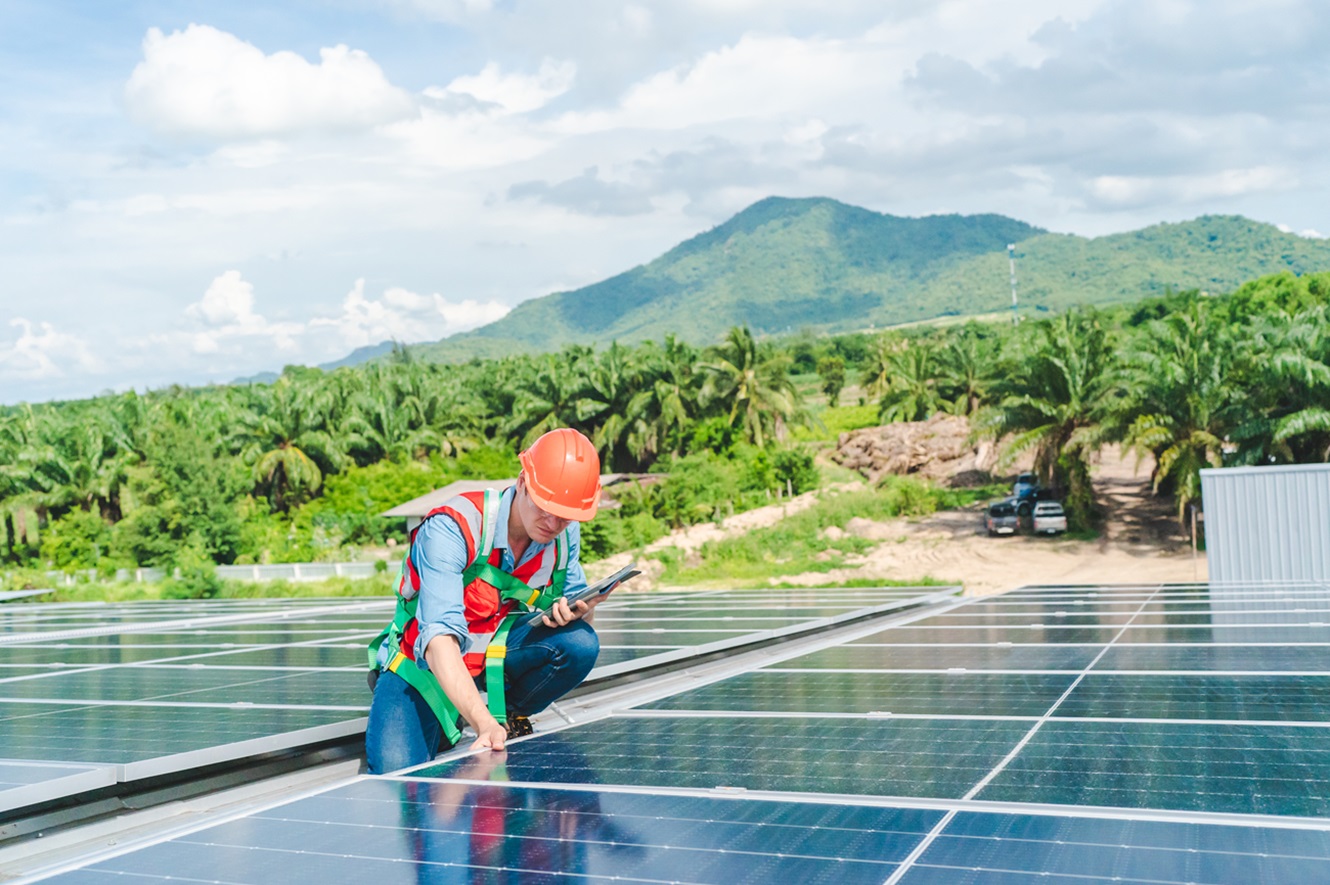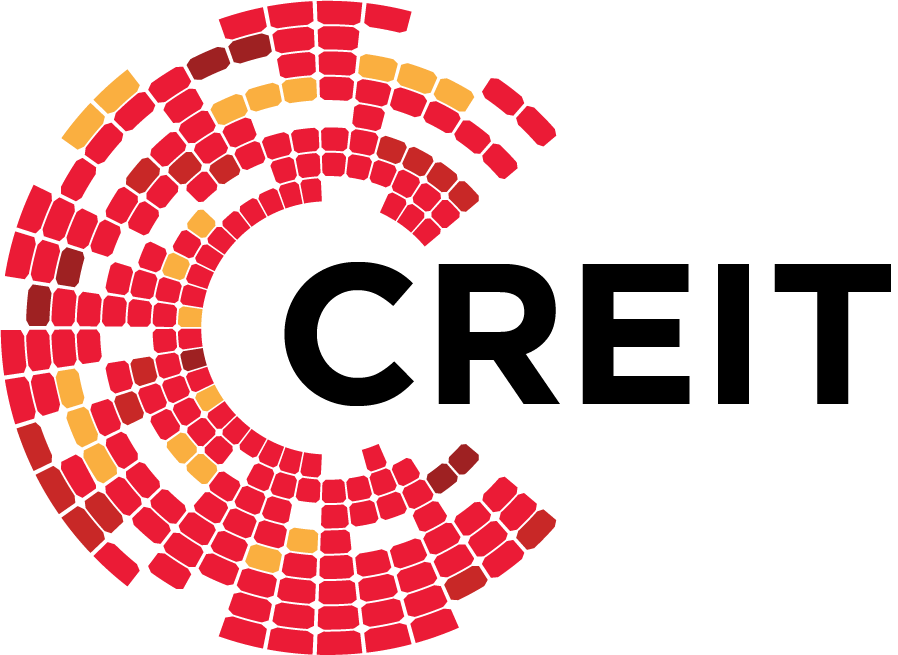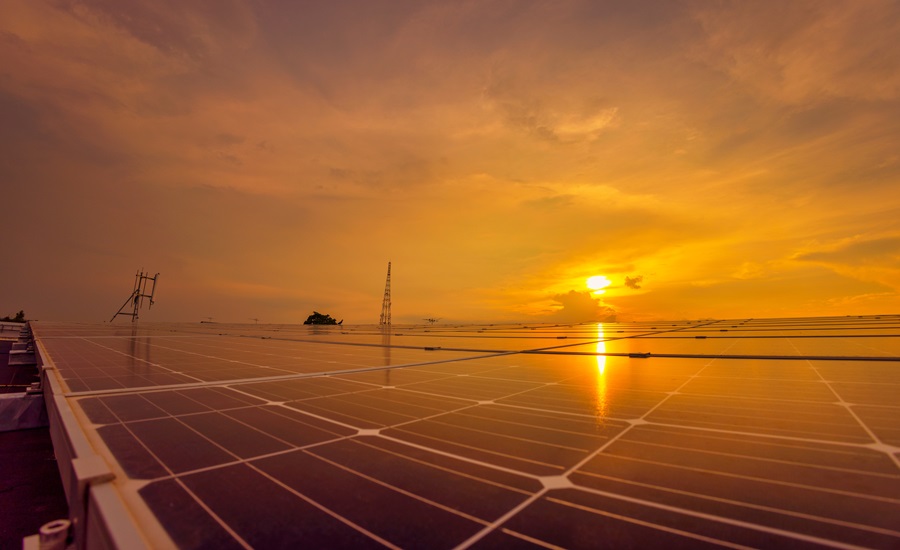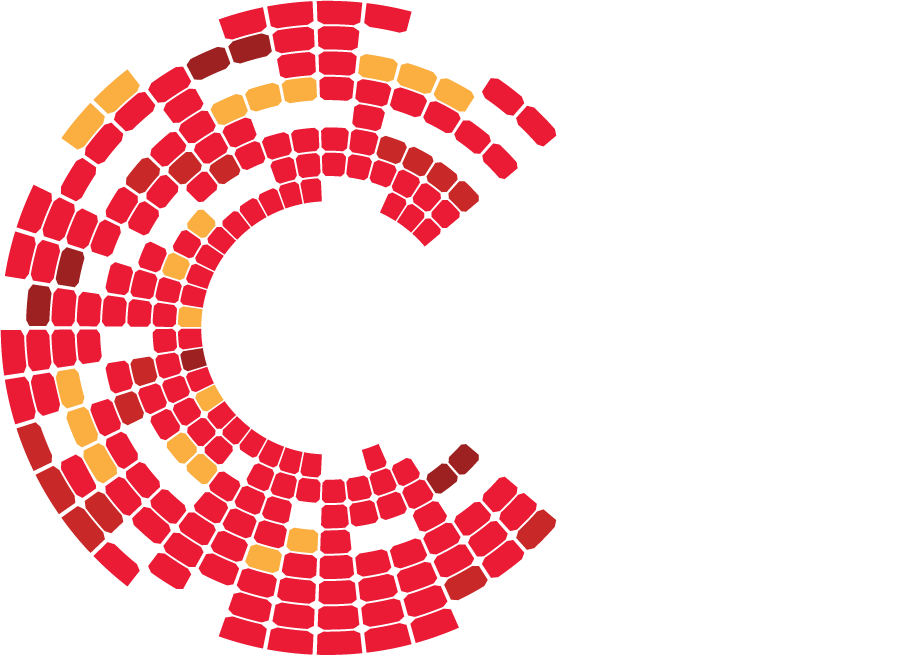Solar energy presents an unmatched renewable resource with plenty of clean energy opportunities. Is the Philippines primed for this green revolution? Given the country’s rich resources, the answer is a resounding yes.
Read this guide that delves into the vast potential and challenges of solar energy in the Philippines. We’ll talk about the benefits, current state, and the bright future ahead, along with the significance of solar power as a pivotal force in shaping a sustainable and eco-conscious future for the country.
What is Solar Energy?
Solar energy is a powerful renewable resource offering clean and abundant energy potential. Its conversion into thermal or electrical energy powers various applications crucial for modern life. If properly utilized, this energy source has the potential to supply the world's energy needs.
In contrast to finite fossil fuels, solar electricity is renewable and safe for the environment. Sunlight is the largest source of energy on Earth, but because of air absorption and radiation dispersion, its intensity is very low at the surface.
There are several different kinds of solar energy, including infrared radiation, ultraviolet rays, and visible light. Although the sun's potential energy is far greater than what is now needed for consumption, expenses associated with collecting, conversion, and storage restrict how much of it can be used.
Harnessing solar energy involves innovative technologies like photovoltaic cells commonly found in solar panels. These cells, crafted from semiconductor materials, convert sunlight into electricity by freeing electrons within them. Moreover, solar-thermal power plants leverage the sun's heat to generate electricity through steam turbines, mirroring conventional power plants' functionality.
Embracing solar power offers a green alternative to fossil fuels, producing electricity, heat, and facilitating chemical reactions. Despite challenges, its renewable and scalable nature presents an optimistic outlook for a sustainable energy future.
Why is Solar Energy Important?
Solar energy is crucial for a sustainable future due to its versatility and environmental benefits.
Compared to traditional energy sources like coal and nuclear power, solar energy is safe, eliminating harmful environmental consequences. It prevents deforestation for raw material mining, preserving vital habitats for diverse wildlife.
Embracing solar power also ensures financial savings, independence from volatile energy markets, and job creation in the renewable energy sector. It also enhances grid security, reducing vulnerability to outages during emergencies.
Due to its low resource depletion, lack of greenhouse gas emissions, and environmental friendliness, solar energy is an essential part of sustainable development. Adopting solar technology helps people create a more sustainable future for generations to come by reducing their dependency on non-renewable resources, improving the environment, and stabilizing the economy.
The Current State of Solar Energy in the Philippines
Solar energy in the Philippines offers immense benefits, notably in energy security, economic growth, and environmental sustainability. The country is rapidly embracing solar power due to its affordability, technological advancements, increasing demand, and sustainability.
Solar energy, a cleaner alternative to combat climate change, has become more accessible, with costs plummeting by 75% in seven years. This shift toward solar energy in the Philippines is pivotal in a changing global energy landscape plagued by environmental crises like floods and hurricanes. Entrepreneurs benefit from schemes like net-metering, boosting the demand for solar power in the country and worldwide.
The Philippine solar energy market is poised to install 1700 Megawatts by year-end and projected to reach 5229.62 Megawatts in five years, reflecting a 25.2% growth. Although grid infrastructure challenges persist, replacing diesel generators with solar power could save the country over USD 200 million annually.
Recent developments, including a 3.5GW solar farm extension and contracts for floating solar projects, highlight a promising future for solar energy, signifying a vital transition toward sustainable and cleaner power sources in the country.

Benefits of Solar Energy in the Philippines
As the country sets high goals for the production of solar electricity, the Philippines aims to surpass them as a result of the steadily increasing capacity of solar technology worldwide and its shown efficacy. More solar capacity is clearly needed as the demand for power rises, particularly in areas like Luzon, Visayas, and Mindanao.
Here are the benefits of solar energy in the Philippines:
Energy Security
As oil prices fluctuate globally, harnessing solar power reduces the Philippines' reliance on fossil fuels, increasing energy security and minimizing exposure to external risks.
Global Power Contribution
Solar technologies have seen a boom globally since 2012, boasting a 100,000 MW installed capacity, with 31,000 MW added in 2021, particularly in Asia. These figures indicate substantial investment opportunities in solar technology.
Philippine Potential
The National Renewable Energy Plan targets 1528 MW from solar technology, yet the country's potential exceeds this goal. With anticipated peak demand reaching 24,534 GWh by 2030, installing 17,000 MW is crucial, especially in Luzon, Visayas, and Mindanao facing power deficits.
Consumer Appeal
Solar setups are versatile, adaptable, and discreet, fitting various building structures. Leveraging abundant sunlight, the Philippines boasts of a daily power generation capacity of 4.5 to 5.5 kWh per square meter, offering cost-effective energy solutions for consumers and industries.
Distributed Generation
Declining solar equipment costs and easier installations make solar power more accessible for households and industries. Its long lifespan (up to 25 years) delivers virtually free energy after the initial investment.
Affordability
The Feed-in Tariff (FiT) scheme, locking solar electricity prices for 20 years, contrasts with volatile fossil fuel prices, ensuring stable energy costs for consumers. Solar power tariffs remaining fixed at 0.3 centavos for 20 years offer economic benefits over escalating conventional power rates.
Job Creation
The renewable energy sector, particularly solar deployment, creates thousands of jobs, especially in rural areas where solar installations thrive, thereby contributing to inclusive growth.
Energy Access
Solar facilitates rural electrification, empowering communities with resources like mobile phone charging stations, enhancing communication, and fostering progress.
Investment Attraction
Solar projects attract significant investments, creating revenue and tax influxes for the government, complementing fiscal incentives provided by the Renewable Energy Law.
Environmental Friendliness
Solar power's zero emissions significantly reduce environmental harm, potentially saving 0.88 kilograms of CO2 per kWh produced and avoiding up to 1,576 kilograms of CO2 emissions for every 1.5 kW of installed solar capacity.
The Bright Future of the Philippine Solar Energy Industry
The future of solar energy in the Philippines looks promising, with an expected 15% annual growth in the market from 2022 to 2027. Investments and confidence in the nation’s long-term goals are driving this positive trajectory.
Especially on rural islands, solar power is becoming dominant, offering opportunities for more electrification across the country. Shifting from diesel generators to solar could save over USD 200 million in annual fuel costs. With low operating costs and international support, solar panels and systems can meet rising electricity demands.

Join the Green Revolution: Invest in CREIT's Renewable Energy REIT Today!
Seize the opportunity to be part of a groundbreaking venture that merges financial growth with eco-friendly initiatives. Citicore Energy REIT Corp. (CREIT) is paving the way for sustainable development through renewable energy investment in the Philippines.
Investing in CREIT means more than just financial gains—it's about supporting clean energy and sustainability. By choosing CREIT, you actively contribute to a cleaner planet while securing a consistent income stream.
Diversify your investment portfolio with renewable energy assets, safeguarding against market fluctuations while capitalizing on the surging demand for sustainable energy solutions. Join us in revolutionizing the real estate landscape with CREIT, where innovation meets responsibility for a brighter, greener future. Embrace this opportunity and be part of shaping a sustainable tomorrow with us!


